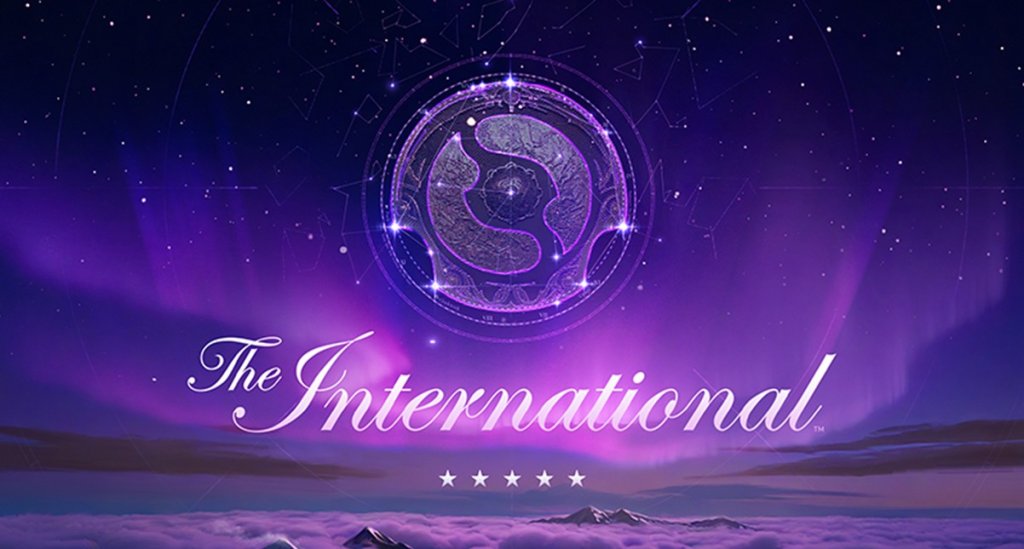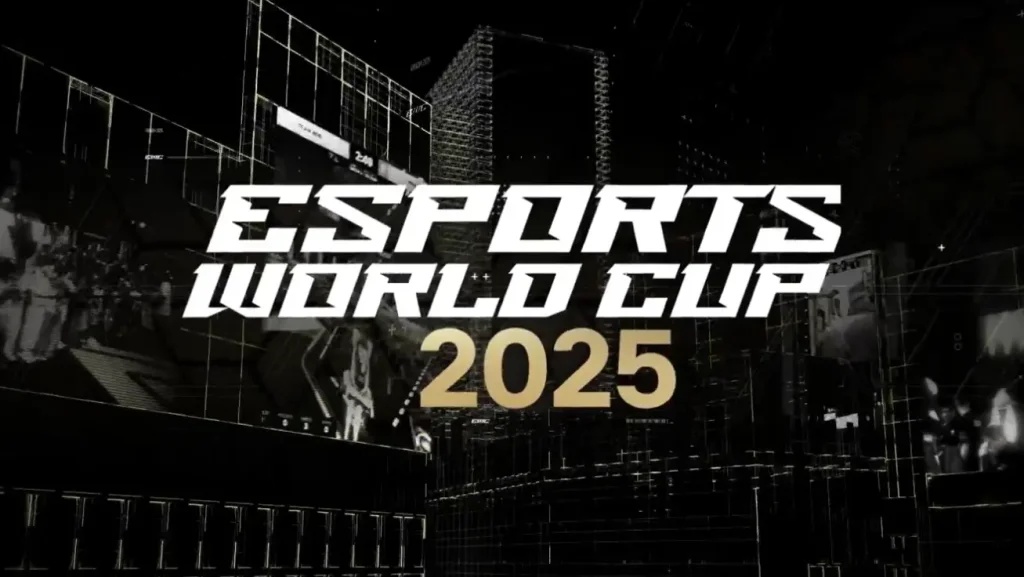
ESL to rescue an entire competitive scene with OCE League partnership
This year has had some major changes for most major (and minor!) esports leagues. League of Legends wasn’t spared either with plenty of changes to formats and league structure along the way.
One of the most damning changes was the announcement from Riot Games that the Oceanic Pro League was over. The Sudney office was set to close and all OPL teams could trade their players away freely into North America. As the off-season moved forward we saw almost no players from the region sign contracts away from their region. If nothing changed, we would’ve had plenty of forced retirements as well as an sprawling esports scene grind to a halt.
However, ESL Australia made a big announcement. Together with Guinevere Capital, they will be hosting a professional League scene in the Oceanic region for the next three years.

© Oceanic Pro League
ESL Oceania LoL League
The partnership between investment firm Guinevere Capital, ESL and Riot Games has been announced, but details have not yet been finalized. News are expected to be announced at the beginning of 2021. What we do know is somewhat limited. The league will be an 8-team competition, and it will stick around for at least three years – possibly up to six.
“From running the first official tournaments on the Oceanic servers to helping produce the OPL Finals at the Melbourne Esports Open, the ESL team have always had competitive League of Legends in our DNA,” said Nick Vanzetti, ESL Senior VP, Asia-Pacific/Japan. “So, when the opportunity to build a new league, and create new opportunities for League of Legends players in Oceania presented itself, we jumped on it.”
The ESL and Guinevere partnership was given a 3-year operating license for their new league, with an option to extend that for another 3 years – so if things go well, this league could still be running in 2026.
The Riot-owned OPL ran for a total of five years – launching in 2015, 2020 marked the end of the event. The reason given by Riot Sydney was that the publisher “[did not] believe that the market is currently able to support the [OPL] in its current form”. In other words – interest in the region did not justify the necessary spending, and Riot didn’t want to front the costs of the league.
This was a hard blow to League fans and players in the region – however, it was hardly the end. As the new deal shows, Riot is open to having a league in the region – it’ll just have to be a third-party hosted and organised one. As for the defunct OPL’s players:
The North American region opened its doors, so to speak, almost immediately and allowed Oceanic players to move to the region penalty-free. Only teams like Cloud9 and Immortals have taken them up on this offer and ‘adopted’ players from the OPL region.
[cta id=2581 type=geo]ESL potentially saving the entire ecosystem
The move to restore competition in Oceania does not simply affect League of Legends but the esports scene as a whole. Many of the organizations in the region operate mostly two main rosters for League of Legends and CS:GO. Most of their commercial partnerships hinged on teams managing to compete in both titles.
With League of Legends leaving the ecosystem we saw partners and sponsors dropping their teams slowly over the past few months. With only CS:GO left in the pipeline, we should have witnessed a slow decent of most contenders back into amateur status. Luckily, the return of LoL and the potential rise of Valorant, should provide just enough oopmf for rosters to remain relevant throughout 2021 and potentially save the region from oblivion.
In the end, we are happy that ESL is taking the heavy burden of carrying the entire region forward in years to come.
Read next: Start the Holiday Season in your favorite games with these early giveaways












